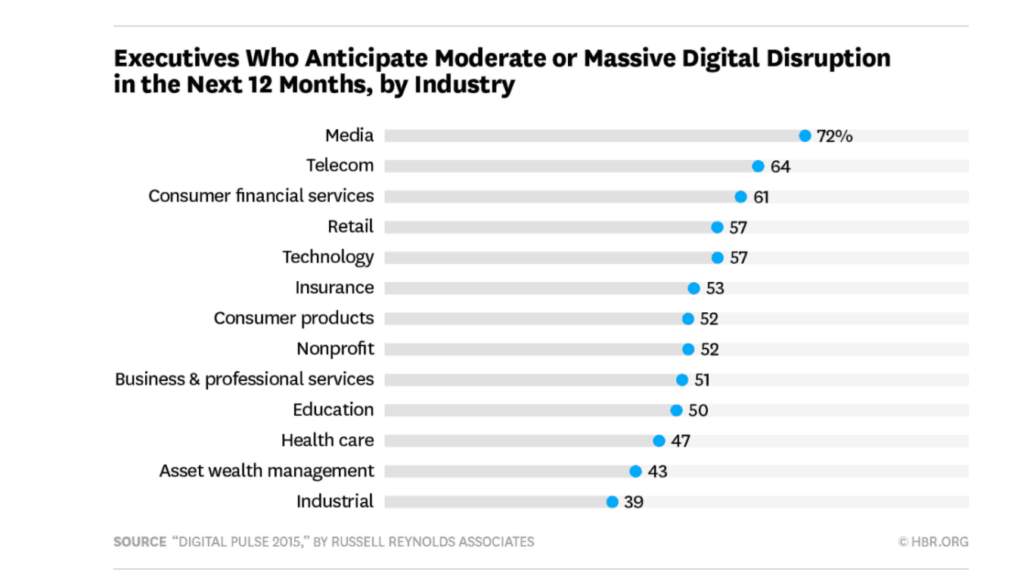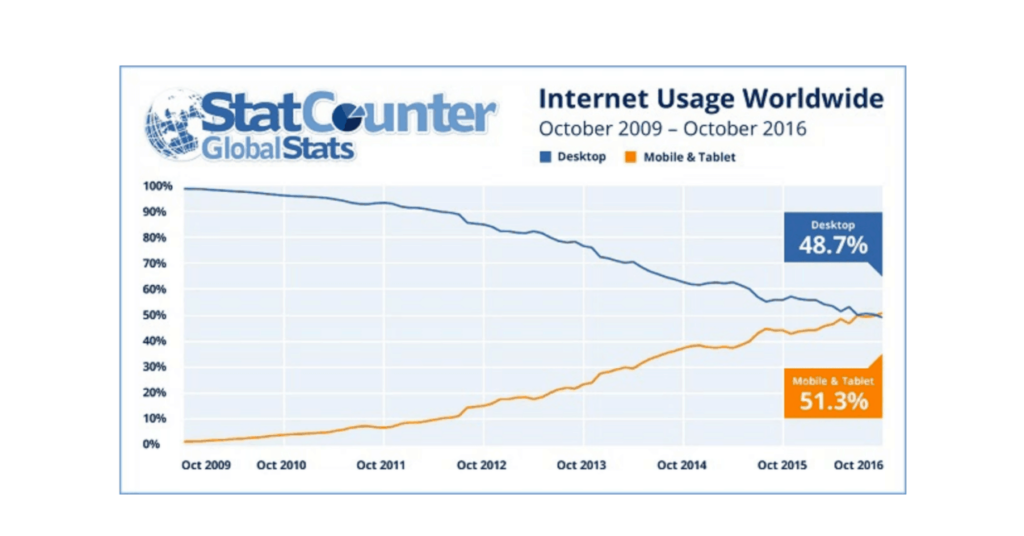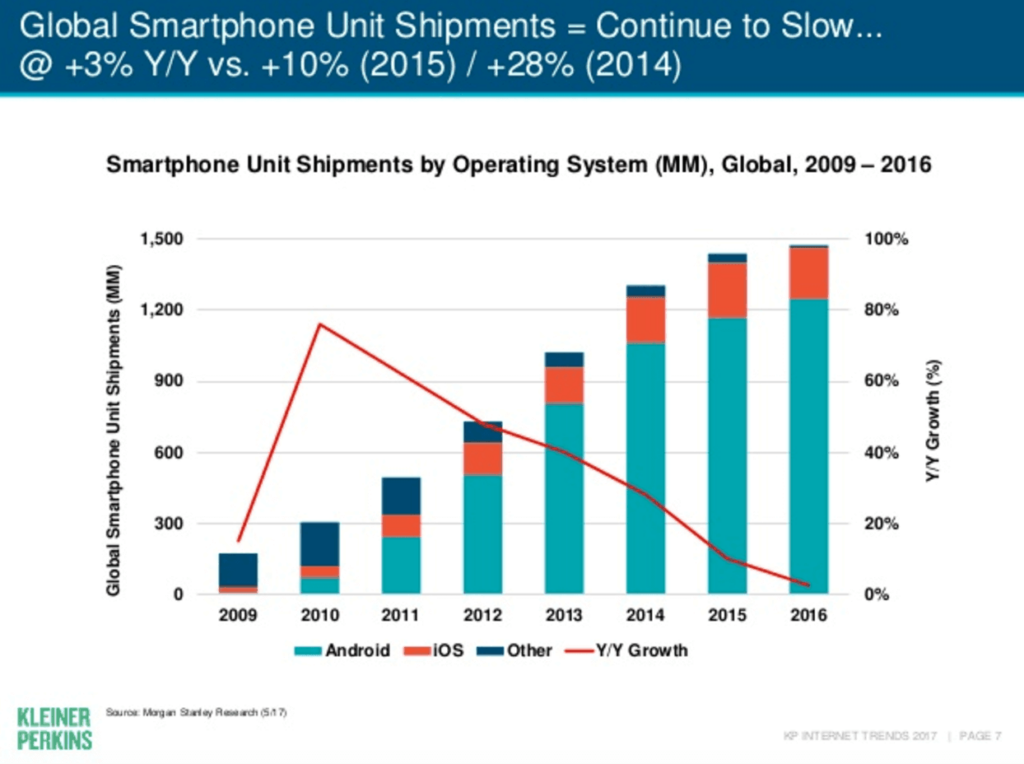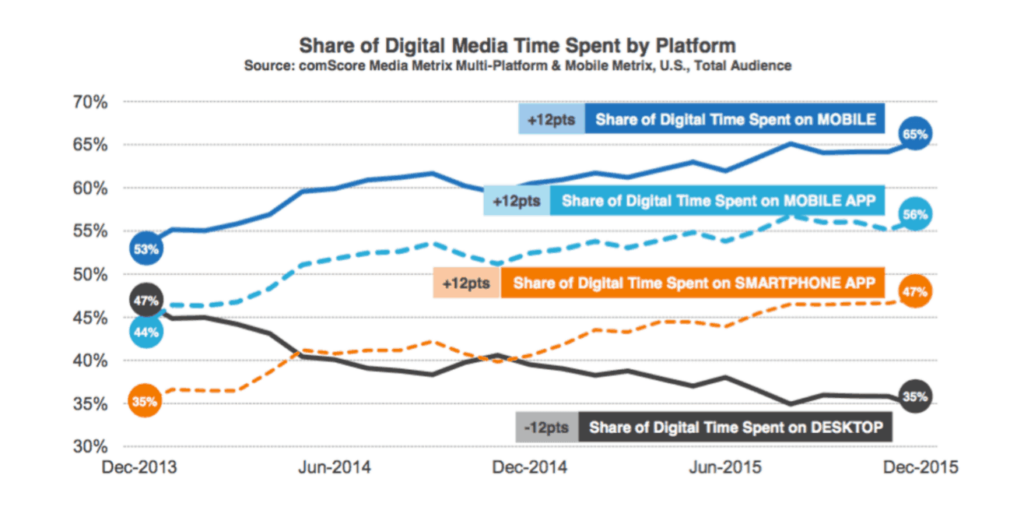There’s no question that every industry is different.
Some industries are frequently disruptive and constantly in the press, and others fly under the radar without making noise. While these industries may not be the hottest topics at your local tech event, these industries still offer opportunities to innovate and create mobile apps that shake things up.
But they’re considered by many to be boring.
No fancy artificial intelligence.
No trending brands.
No celebrity endorsements.
Just good old-fashioned businesses generating revenue, servicing their stakeholders and offering consistent value to their customers and clients. While that might sound boring to many, it’s what we’d consider a great opportunity to innovate. It’s organizations in these so-called “boring” industries that can quickly differentiate themselves from the rest of the market by investing in an a mobile experience better than their competition’s.
What are the advantages of mobile apps?
Over the last few years, digital disruption has shaken up entire industries. Look at media giants and the rise of sites like BuzzFeed and Upworthy. Or consumer financial services and the creation of banking apps and investment apps like Wealthsimple. There’s no question that digital disruption is flipping entire industries on their heads.
Take this 2015 study that surveyed executives across a number of industries. Most felt their businesses would be moderately or massively disrupted by digital in 2016:

The majority of these executives clearly recognized that digital is consistently disrupting their industries. This constant evolution is pushing many organizations to embrace mobile. We’ve talked about mobile app ideas that have the potential to disrupt entire industries in the past, and we can only believe that the trend will continue in the future. But it’s not the only trend.
Here are three other key reasons why more and more organizations (yes, even the ones operating in boring industries) are embracing mobile and investing in mobile apps:
Mobile-First Consumers Are Increasing The Demand For Apps
More and more, people are embracing mobile-first experiences. As our devices get smarter and smarter, it’s also becoming possible to manage complex tasks through our mobile devices. The best brands are recognizing that this shift in preference is offering a competitive advantage to those who embrace mobile.  As an example, for professionals needing to access complex data about their organizations, the desktop used to be the ideal interface. Today, however, the right design team and the right strategists can craft a mobile experience that is easy to access at the coffee shop, in the car, or walking in and out of meetings.
As an example, for professionals needing to access complex data about their organizations, the desktop used to be the ideal interface. Today, however, the right design team and the right strategists can craft a mobile experience that is easy to access at the coffee shop, in the car, or walking in and out of meetings.
We’ve Reached Peak Mobile Adoption In First World Countries

Mobile is eating the world.
Across the globe, we’re seeing the rate of smartphone adoption slow down because we’re getting closer and closer to mass saturation. According to Cisco, by 2020, there will be 5.5 billion mobile users, representing 70 percent of the global population.
That’s huge!
Executives in both tech and marketing are looking at this shift and realizing there’s going to be a point when chances to innovate are past. It’s quickly becoming a race for organizations to innovate first within their respective industries. The harsh reality is that those who continue to push off mobile risk becoming obsolete. The impact of mobile is no longer a question—it’s a reality. So those who avoid mobile risk being surpassed by their competitors who embrace mobile and use it to grow their bottom line.
Mobile Apps Are Capturing More & More Of Our Attention
We live in a time where attention is currency.
If you can capture and retain the attention of your clients, you’re more likely to see a positive impact on your bottom line. Over the last few years, a lot of attention has shifted from TV sets and desktops to mobile experiences. Take this ComScore report on platform usage:
 There’s no question that the attention shift is real.
There’s no question that the attention shift is real.
More people are spending more time on mobile—and the figures are showing no signs of slowing down. As people continue to embrace mobile, they’re spending more time consuming content through these platforms and using app functions in their daily lives.
Jakob Nielsen, principal at Nielsen Norman Group, once said: “In the attention economy, anyone trying to connect with an audience must treat the user’s time as the ultimate resource.” If you agree that your customers’ time is valuable, it only makes sense to create a mobile experience for them. It’s mobile that customers are itching to have, so it’s mobile that will allow you to win them over.
Wrapping Things Up
When you’re thinking about the next 10 years in your industry, try to picture a future in which mobile isn’t playing a role… You can’t, can you? From the various studies and stats you’ve read in this article, I’m hopeful you’ve come to see that the future of most industries—even the boring ones—will most certainly be mobile, because that’s what the market demands.
If you’ve yet to make an investment in mobile, it’s not too late. Mobile is still just beginning to move into industries that have been slow to innovate. There are still plenty of opportunities to create mobile experiences that set you apart from your competitors and offer value to current and future customers.
Mobile is an opportunity for brands to drive real results.
If you’re interested in making the leap into mobile or would simply like to have a discussion about what you should know before creating a mobile app, get in touch. Our team would love to chat with you about the future of mobile whether you’re looking for info on Android App development or iPhone design – We’ve got you covered!



